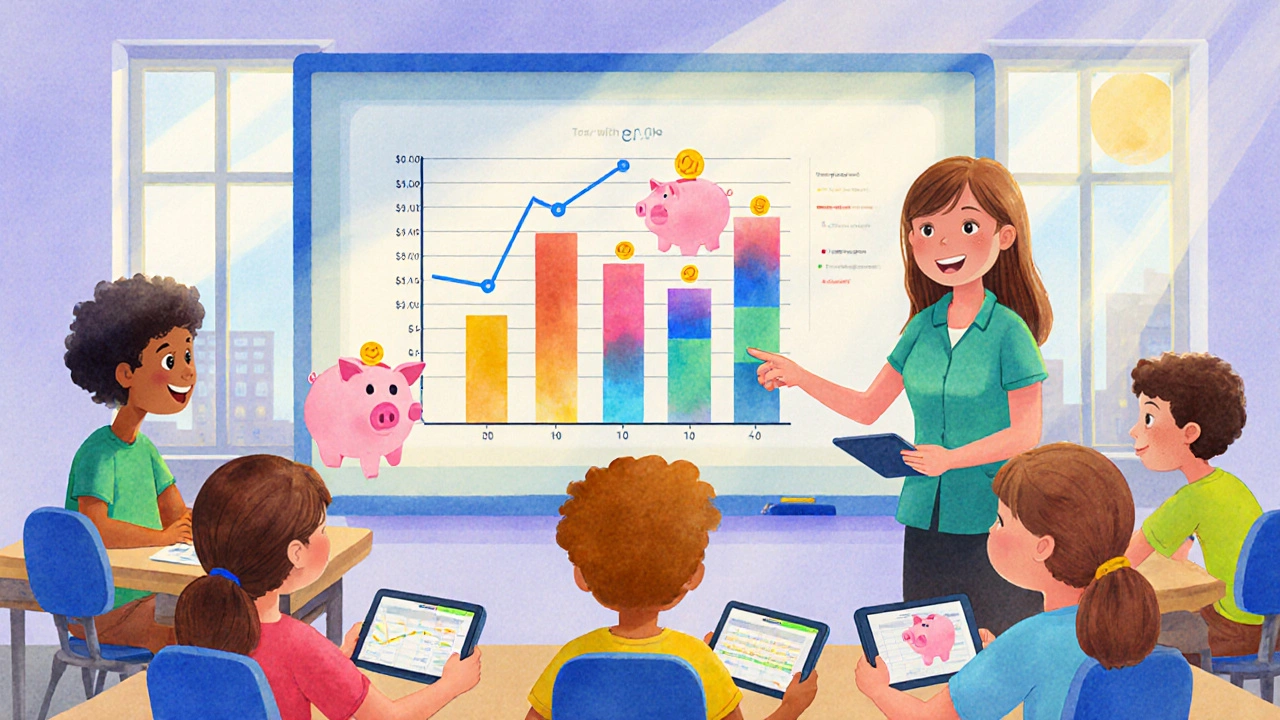Fintech Curriculum: What You Need to Learn to Build Real Digital Financial Skills
When you hear fintech curriculum, a structured set of learning paths focused on digital finance tools, systems, and business models. Also known as digital finance education, it’s not about memorizing buzzwords—it’s about understanding how money moves in the modern world, from mobile payments to algorithmic lending. Most people think fintech is just apps like Venmo or Robinhood, but that’s the surface. The real fintech curriculum digs into the systems behind them: how data becomes credit, how regulation shapes innovation, and why some companies survive while others vanish overnight.
Think about data moat, a competitive advantage built on unique, hard-to-replicate access to user or transaction data. Companies like PayPal or Stripe don’t just offer payment processing—they own decades of spending behavior across millions of users. That’s not something a new startup can copy with a better UI. Then there’s regulatory moat, the legal and compliance barriers that protect established players from new entrants. Fintechs that get licensed as banks or partner with regulated entities gain trust and access to payment rails that others can’t touch. These aren’t side notes—they’re core parts of any real fintech curriculum.
And it’s not just about big players. agri-fintech, the use of digital tools to deliver credit and insurance to small farmers using mobile tech and satellite data, shows how fintech solves real problems in places banks ignore. Meanwhile, mobile malware, cyber threats designed to steal login credentials and bypass biometrics on financial apps, reminds you that security isn’t optional—it’s part of the curriculum too. If you don’t understand how your money can be stolen, you don’t understand fintech at all.
What you’ll find in this collection isn’t theory. It’s what works. You’ll see how fractional shares let you invest in Amazon with a dollar, how mortgage REITs swing with interest rates, and why separating your emergency fund matters more than you think. These aren’t random posts—they’re pieces of the same puzzle. The fintech curriculum isn’t a degree you get from a university. It’s the practical knowledge you build by seeing how money really moves: through apps, algorithms, regulations, and human behavior. Below, you’ll find clear, no-fluff guides that connect the dots between what’s happening now and what you need to know next.




